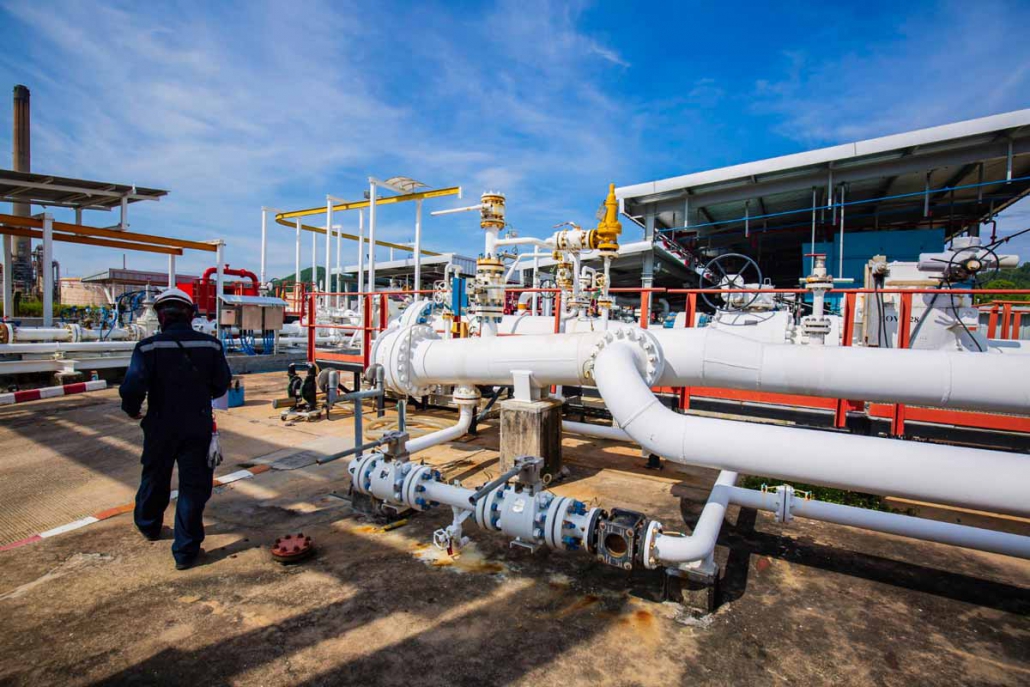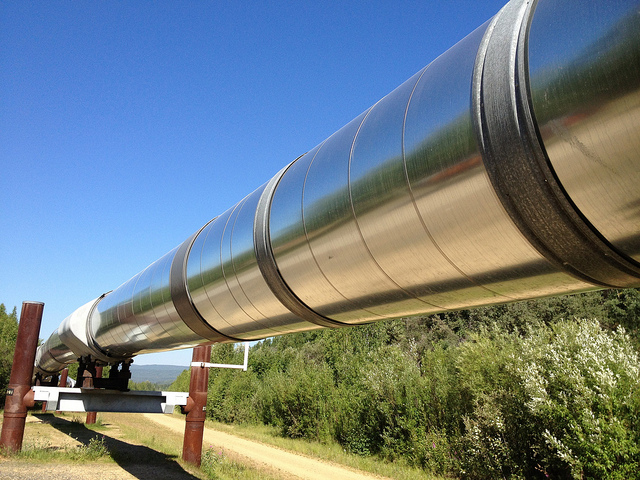6 Fundamentals of a Safe Natural Gas Distribution System
Pipelines are known to be one of the safest types of natural gas distribution systems. But they still require proper planning, active maintenance, and monitoring. While pipelines rarely experience disasters, when they do experience a disaster, the results can be tremendous and long-lasting.
Today, we’re going to take a look at what keeps a natural gas distribution system safe — both before it’s designed and after it’s been developed.
1. The Pipeline First Needs the Right Planning
The first safety consideration for a natural gas distribution system is the location of the pipeline. Pipelines should be located in areas that are free from potential hazards, like wetlands and floodplains. They should also be buried deep enough to avoid damage from construction or other activities.
Pre-planning surveys can be used not only to protect pipelines, but also to ensure that the routes are as efficient as possible. With the right surveys, pipelines can be simulated to determine the eventual results of the build — and to compare the efficiency and safety of different options.
2. Conducting the Right Environmental Surveys
Before a pipeline is built, the company must also conduct extensive environmental surveys. This includes surveying the land for any endangered species or habitats and assessing potential risks to groundwater.
A thorough survey can head off many environmental problems. Today, simulations can be run to detect issues with water or soil runoff, or how potential spills could spread into the surrounding territory. Doing this due diligence can greatly reduce the environmental impact should there be a spill or other incident.
3. Schedule Regular Inspections of the Pipeline
Once a pipeline is up and running, safety still needs to be a top priority. Pipelines should be regularly inspected for damage or corrosion. Drones, also known as UAVs, can be used to survey the land on a regular basis, using LiDAR scanning to detect potential issues, like overgrowth.
Before UAVs, many inspections had to be done on foot. Not only was this time-consuming and expensive, but it was potentially dangerous work. Inspections weren’t completed any more frequently than they absolutely had to be. Now, inspections can be done very frequently.
And another benefit is that when these inspections are done, the issues can be reported directly to a dispatch team.
4. Faster, More Effective, Disaster Control
If there is a problem with a pipeline and a drone detects it, the drone can send back its exact GPS coordinates as well as information about the issue. The individual flying the drone will be able to take pictures or other sensor data, so the technicians who are going to fix the problem aren’t going in blind. Teams only need to be dispatched once with the right technology and tools—which means the issues are addressed much faster.
Time is essential when it comes to a safe natural gas distribution system. A small leak can become disastrous if it’s allowed to grow over time. So, another major advantage of UAVs is that they provide information about issues before the technician is even dispatched, making the entire process faster and more efficient. Otherwise, once an issue is detected, the technicians would need to go out an extra time to determine what supplies were necessary.
5. Monitoring for Leaks with Sensors
Obviously, the biggest safety concern is leaking. Today, there are many IoT devices and sensors that can trigger if even a minor leak is detected. When these sensors trigger, the company can shut down the pipeline and repair it immediately. Better sensors are making it easier to detect problems with pipelines before they ever trigger. Thus, gas pipe maintenance can be performed before the gas distribution pipeline is disrupted.
As these sensors become more advanced, they are able to report more data. Soon, machine learning intelligence will be able to identify the signs of failure before they occur. Today, these sensors can at least notify companies immediately about a leak. From there, they can work to address the leak as soon as possible.
6. Adhering to a System of Accountability
With regular inspections, leak detection, and fast dispatch, natural gas companies can create a system of accountability and safety. It’s essential that companies hold themselves accountable to environmental protection, ensure that they are doing all they can to detect issues proactively and respond very swiftly to any potential issues.
Thus, organizations should maintain audits of their current safety features, ensure that their safety processes are being followed, and look for any potential gaps in their safety management. If spills and other issues do occur, the organization should undergo a complete investigation to find the source of the issue and address it.
By following these six fundamentals, gas companies can ensure that their pipelines are safe and reliable. Not only does this help to preserve the environment, but it also reduces disruption and unnecessary costs.
Of course, all safety measures begin with a survey. Without a survey, the pipeline installation itself may be in an area that is potentially dangerous, difficult to maintain, or otherwise untenable. Contact Landpoint today to find out more about the services we provide for natural gas and beyond.






